You know to ask current clients for referrals. You know to enroll with your local Chamber of Commerce, and to attend networking events in your area. But what do you do when the usual strategies for finding new accounting clients start to run dry?
If the old methods have stopped paying off for you, it’s time to get creative. Here, we’ve gathered up 27 unexpected tips for finding new accounting clients. Adding just a few of them to your marketing and advertising efforts can keep a steady stream of new clients coming in your office door.
#1. Become a certified Quickbooks or Xero provider
Accountant’s Accelerator notes that this will allow you to claim a listing on the sites’ “Find a Provider” feature. Get started with Quickbook here and Xero here.
#2. Add new products or services
Expanding your firm’s service offerings won’t immediately result in new clients, but until you make the move, there are clients you won’t be able to recruit – simply because you don’t offer what they need.
Virtual CFO services and client accounting services are a hot topic right now, and an easy way to extend your firm’s core competencies to a new audience. Take a look at Orba’s Cloud CFO service as an example of this idea in action.
#3. Wear your business information on your sleeve
Turn yourself into a walking billboard with shirts or other apparel items that feature your firm’s name and contact information. Digital marketing agency owner Sujan Patel used this technique to drive nearly $1 million in new revenue.
#4. Try cold calling
No one wants to dial for dollars… which is what makes it a potentially lucrative opportunity for the firms that are willing to put in the effort. As Accounting Today contributor Nicholas D. Keseric Jr. describes:
By not using cold calling to grow your firm, its the same thing as when an Highway closes down one of the lanes on the Highway. You may go from four lanes to three lanes. The main lanes to grow your firm include: expansion of services to existing clients, referrals from clients, referral sources who present their clients to you, walk-in business, marketing campaigns, and your website. Why close the cold calling lane? Open it up.
#5. Send cold emails
If cold calling feels to intimidating, cold emailing may be a more appealing alternative. Look for proven cold email templates to shorten your learning curve.
#6. Re-engage inactive customers
Although inactive customers won’t technically be “new” once they’ve been re-engaged, your firm could be sitting on a revenue goldmine. This is especially true if you’ve added new services or made major changes to your firm’s operations – such as adding more appealing payment methods – since past customers became inactive.
#7. Advertise on LinkedIn
Advertising in print publications or local news sources may be your firm’s go-to promotional strategy. But consider shifting some of this budget to the often-underappreciated LinkedIn. There, you’ll be able to tailor your ads to your specific target customers, in addition to connecting with them in a business-focused environment.
#8. Publish on LinkedIn’s Publishing Platform
A broader suggestion is to move away from outbound advertising models and to focus more on building thought leadership – the kind that drives inbound leads – for yourself and your firm. Publishing contributions to LinkedIn’s Publishing Platform is one way to do this.
#9. Start your own LinkedIn Group
You can also leverage the professional network’s Group-building option to create a community where you can show off your expertise and connect with prospects in a less direct way.
#10. Run a Facebook Group
Facebook offers similar group-building functionality, though building communities on both platforms comes with an important caveat. While they can provide great opportunities to build a following around your firm, they also require regular upkeep on your part, as groups that lack ongoing engagement will quickly fizzle.
Consider carefully whether you have the resources – both time and talent – to invest in a social media group on an ongoing basis.
#11. Run social media challenges
If your firm supports more consumers than businesses, you may see success running a social media challenge.
For instance, in the eight weeks leading up to tax time, you could post messages issuing specific challenges to your followers to help them get their submissions in order. Encourage participants to check back regularly, confirm they’ve taken the challenge’s actions, and to share the challenge with others.
#12. Partner with community-specific websites
This tip is especially helpful if estate planning is one of your service offerings, as this makes finding and connecting with families in your area critical.
Look for local websites sharing resources with families. If you can find sites that serve your target audience, ask about sponsorship opportunities or other ways your firm can contribute.
#13. Launch a YouTube channel
When he was first launching his firm, CPA Josh Bauerle used simple YouTube videos to bring in $10,000 in new revenue (most of which went on to become recurring).
#14. Do a speaking engagement
Think of speaking engagements as in-person YouTube videos. Do them well, and people will remember both your name and the name of your firm.
#15. Offer to be a back-up speaker
If you aren’t able to land main-stage speaking slots, offer your name up to conference organisers as a back-up speaker. According to Eula M. Young of Griot’s Roll Film Production:
The one unexpected place I gained customers was when I was asked to fill in for a speaker on a panel who cancelled at the last minute. I was just there to see what I could learn from the topic of the event. After being on the panel, I gained some clients.
#16. Submit guest contributions to relevant websites
Many sites these days accept articles from guest contributors. Find sites your target customers spend time on, then reach out to the owner to ask if you can submit an article. You won’t likely be paid directly for your contribution, but you should be able to include your business information and a link back to your website in your author bio.
#17. Publish a book
Want to really skyrocket your perceived authority? Publish a book. Whether you go the traditional publishing route or opt for newer self-publishing opportunities, it’s a great way to demonstrate the expertise your clients are looking for.
#18. Sponsor a community event
Can you sponsor a sports team in your area? Contribute to a major event? Finding a community event like these to support can be a great way to get your name in front of prospective customers.
#19. Give to local charities
In a similar way, donating to local charities – whether on an ongoing basis or as part of a one-time fundraising drive – can be a great way to expand awareness of your firm’s name, while also anchoring it to meaningful causes in your area.
#20. Volunteer your time
You may not be able to make a financial donation to every community event or charity in your area, but you can still give back by volunteering your time. Even better, take your entire office out on a full day of volunteering together to improve internal morale, as well as external PR opportunities.
#21. Stage a PR event
If you’re serious about securing positive press, you can take your efforts to the next level by staging a PR event.
For example, can you try to set a world record for the most tax returns filed in an hour? Can you take a page from the Peanuts’ Lucy and set up a free financial advice booth under the sign “The Accountant is In”?
Get creative, and the corresponding press coverage will send new clients your way.
#22. Watch for relevant news releases
In addition to seeking out your own press, watch for relevant news releases sharing personnel updates or major victories from prospective clients. These can give you a good idea of when to reach out, and who you should be trying to connect with.
#23. Partner with non-competing businesses that reach your target customers
Structured business networking groups are great for this, but you can set up your own as well by partnering with non-competing businesses in your area that target similar clientele. Use these connections to arrange anything from jointly-hosted events, to exclusive discounts, to newsletter swaps and more.
#24. Partner with competitors
Even relationships with your competitors can be beneficial. If you’re ever swamped and need to send business elsewhere, having a competitor you trust can be valuable. Arrange these partnerships in advance so that you can be on both the giving and receiving end, as needed.
Got another strategy to add to this list? Leave us a note in the comments below:
Image Source: Pixabay


